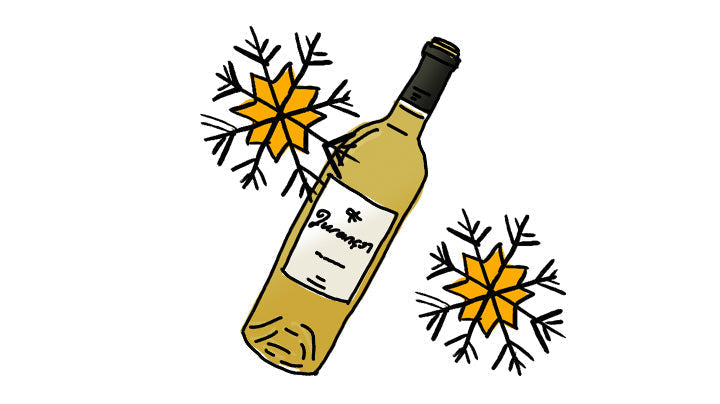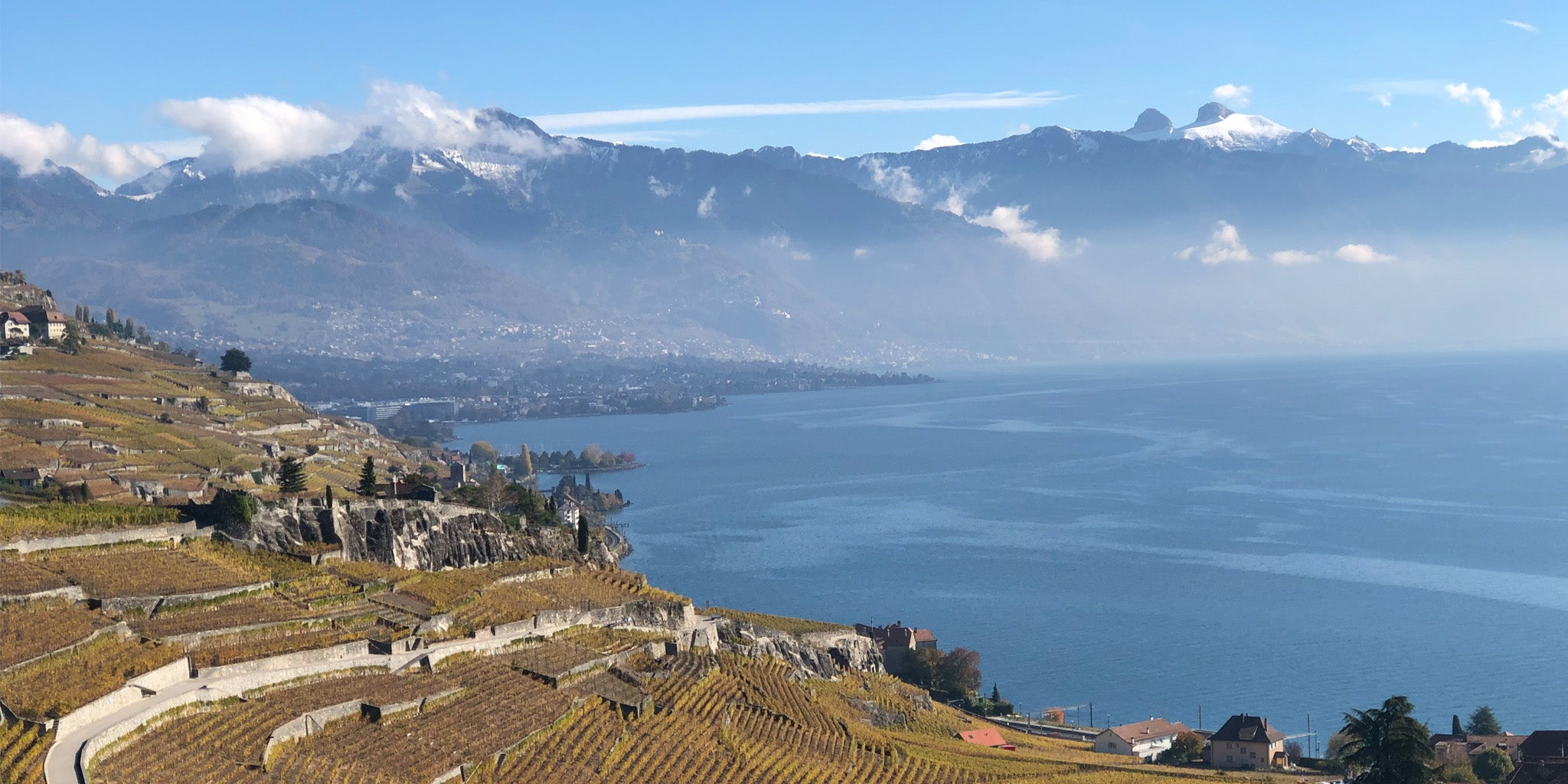The colour of rosé comes from the skins of black grape varieties (e.g. grenache, syrah, mourvèdre, cinsault).
There are different methods to produce rosé, more or less extractive:
- Direct pressing - only the juice of black grapes is used to make light coloured rosés, without skin contact
- Short maceration - juice of black grapes is in contact with grape skins for a short period of time to extract colour and aromas, leading to more coloured and structured rosés
- Blending - mixing together white and red wines to create a rosé wine
E.g. Côtes-de-Provence AOP is made by direct pressing, Tavel AOP is made by short maceration, and Champagne rosé AOP can be made by blending.
Note: Blending is usually not allowed to produce rosé in European appellations. Champagne is the famous exception.














